Dance Flooring Safety 101: Standards, Materials, & Maintenance
Dance floor safety directly impacts every movement, jump, and landing performers execute during their routines. A single misstep on inadequate flooring can lead to serious injuries, affecting both recreational dancers and professional performers.
Selecting the right dance studio floor material involves careful consideration of multiple safety factors. Safe dance floors must meet specific requirements for shock absorption, slip resistance, and durability to protect dancers at all skill levels.
This comprehensive guide examines the essential safety standards for dance studio flooring, explores different material options, and provides maintenance guidelines to ensure long-term safety compliance. Whether building a new studio or upgrading existing facilities, understanding these standards helps create a secure environment for dancers to perfect their craft.
Essential Safety Standards for Dance Studio Floors
Professional dance studios require specific flooring standards to protect performers from injury while enhancing their performance. Proper flooring serves as the foundation for technical execution and artistic expression—but most importantly, for dancer safety.
Impact absorption requirements
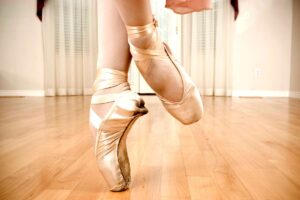 The shock-absorbing qualities of dance floors directly affect joint health and career longevity. High-quality dance floors absorb impact forces, reducing strain on dancers’ joints and muscles with every jump and landing.
The shock-absorbing qualities of dance floors directly affect joint health and career longevity. High-quality dance floors absorb impact forces, reducing strain on dancers’ joints and muscles with every jump and landing.
Industry standards provide measurable benchmarks for floor performance. DIN 18032-2 and ASTM F2772 specifications measure critical factors like force reduction and energy return. These standards ensure floors absorb between 53-75% of impact force while providing sufficient energy return for dancers to execute consecutive movements without fatigue.
A resilient subfloor system forms the backbone of impact absorption. Without proper underlying support, even top-surface materials cannot protect performers from stress-related injuries that develop over time, such as shin splints or stress fractures.
Slip resistance specifications
The ideal dance floor balances grip and glide based on the performed dance style. Ballet requires more slide for smooth transitions, whereas tap and hip-hop demand greater traction to prevent falls during sharp movements.
Coefficient of friction guidelines established by ADA and ASTM standards help quantify appropriate slip resistance. These measurements ensure floors provide consistent traction that prevents both dangerous slips and restrictive sticking that could impede movement or cause ankle injuries.
Surface uniformity guidelines
A smooth, consistent surface minimizes trip hazards and allows dancers to move confidently. Any irregularities—seams, cracks, or warping—create unpredictable conditions that increase injury risk, especially during complex choreography.
Professional installation proves essential for maintaining surface uniformity. Inexperienced installers often create uneven surfaces or improper seaming that deteriorates quickly under regular dance activities. These issues lead to premature floor failure and dangerous conditions.
Temperature and humidity considerations
Environmental factors significantly impact dance floor performance and safety. Fluctuating humidity causes wood floors to expand and contract, potentially creating buckling or gaps that compromise surface uniformity.
Temperature variations affect slip resistance properties of many flooring materials. Vinyl surfaces, in particular, respond differently to environmental changes—becoming more slippery in high humidity and potentially too sticky in extremely dry conditions.
Controlling these environmental factors through proper HVAC systems helps maintain consistent floor performance. Studios should monitor conditions regularly, as even small variations can affect both floor longevity and dancer safety.
Regular inspections identify potential safety hazards before they cause injuries. Studio owners should establish protocols for checking floors before classes and performances, especially after environmental changes or heavy use periods.
Dance Studio Floor Materials and Their Safety Profiles
Selecting appropriate floor materials directly influences dancer safety and performance quality. Different materials offer varying safety profiles, with each providing unique advantages for specific dance styles and studio needs.
Sprung flooring systems
 Sprung floors stand as the gold standard for dance studio safety. These systems utilize a network of springs, foam blocks, or air cushions beneath the performance surface to absorb impact forces. The shock absorption qualities protect dancers’ joints during jumps and rapid movements, reducing the risk of stress fractures and chronic injuries.
Sprung floors stand as the gold standard for dance studio safety. These systems utilize a network of springs, foam blocks, or air cushions beneath the performance surface to absorb impact forces. The shock absorption qualities protect dancers’ joints during jumps and rapid movements, reducing the risk of stress fractures and chronic injuries.
Professional dance companies typically invest in permanent sprung systems that feature multiple layers of protection. These systems typically return 90% of energy to dancers, allowing them to perform consecutive movements without excessive fatigue.
Vinyl dance surfaces
Vinyl flooring offers excellent slip resistance control while maintaining affordability. Often installed as roll-out mats, these surfaces provide consistent traction regardless of humidity changes.
Additionally, vinyl surfaces work exceptionally well for high-impact dance styles. Tap, flamenco, and other percussive dance forms benefit from vinyl’s sacrificial nature—it withstands the punishment of metal taps and stomping movements that would damage permanent installations. Many studios opt for removable vinyl surfaces that protect underlying permanent flooring during specialized classes.
Hardwood options
Hardwood floors deliver both esthetic appeal and durability when properly installed. Nevertheless, hardwood alone cannot provide sufficient resilience without proper subflooring support. The combination creates a floor that absorbs shock while maintaining enough firmness for technical control.
Maintaining hardwood floors requires annual refinishing to preserve adequate surface conditions. Without proper maintenance, the finish degrades, creating inconsistent traction that increases injury risk.
Subfloor considerations
The subfloor fundamentally determines a dance floor’s safety profile. Two primary installation methods exist: floating systems that sit atop existing floors and permanent installations anchored directly to concrete substrates.
Layering materials within the subfloor affects both cushioning and responsiveness. Many professional systems incorporate foam, rubber, or air pocket designs that provide progressive resistance—becoming firmer as more pressure is applied.
Moisture control remains essential for maintaining subfloor integrity. Improper moisture barriers lead to warping, bubbling, or deterioration that compromises surface uniformity and creates dangerous dance conditions.
Flatness and levelness of the substrate must be assessed before installation. Uneven substrates create high and low spots that affect dancer stability, particularly during turns and jumps that require precise balance.
Maintaining Dance Floor Safety Standards
Proper maintenance extends the life of dance floors and preserves critical safety features that protect performers. Even the highest quality dance studio floor material requires consistent upkeep to maintain performance standards over time.
Regular cleaning protocols
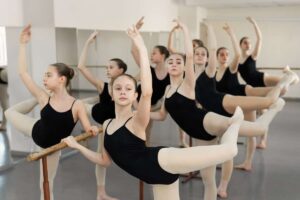 Selecting appropriate cleaning products directly affects floor safety performance. Harsh chemicals often damage protective coatings and alter slip resistance properties, creating hazardous conditions. Instead, pH-neutral cleaners specifically formulated for dance surfaces maintain proper traction without residue buildup.
Selecting appropriate cleaning products directly affects floor safety performance. Harsh chemicals often damage protective coatings and alter slip resistance properties, creating hazardous conditions. Instead, pH-neutral cleaners specifically formulated for dance surfaces maintain proper traction without residue buildup.
Implementing a structured cleaning schedule ensures optimal floor conditions:
- Daily: Dust mopping to remove abrasive particles that can damage surfaces.
- Weekly: Damp mopping with approved cleaners to restore traction.
- Monthly: Conduct a thorough clean with a deep-cleaning machine designed for dance floors.
Quick response to spills remains crucial for floor integrity. Liquids left on dance surfaces can penetrate seams, damage adhesives, and alter slip resistance. Furthermore, moisture that reaches underlying layers may cause warping or bubbling that creates dangerous irregularities.
Routine inspections and repairs
Regular assessments identify potential safety issues before they cause injuries. Studio managers should examine floors for early warning signs including:
- Cracks or splits in surfaces
- Uneven planks or panels that create trip hazards
- Peeling or bubbling of vinyl coverings
- Inconsistent traction across different floor areas
Timing for refinishing or replacement depends on usage intensity and floor type. Hardwood floors typically require annual maintenance to restore proper finish surface. Consequently, vinyl surfaces need evaluation every six months for wear patterns that might compromise safety.
Professional maintenance offers comprehensive safety assurance beyond what in-house staff can typically provide. Experts identify subtle changes in floor performance that untrained eyes might miss. Moreover, professional technicians possess specialized equipment to test impact absorption and slip resistance against industry standards, ensuring floors continue to meet safety requirements throughout their lifespan.
Receive Quality Dance Studio Flooring From the Professionals at Endurance Flooring
Choosing the right dance floor is essential for protecting dancers and enhancing performance. From impact absorption to slip resistance, every detail matters. Endurance Flooring specializes in professional dance studio flooring installation, ensuring durability, safety, and compliance with industry standards. Their expert team handles everything from subfloor preparation to ongoing maintenance, so studios can focus on dancing—not flooring concerns.
Trust the professionals who understand the unique needs of dance spaces. Contact Endurance Flooring today for a consultation on the best flooring solution for your studio.

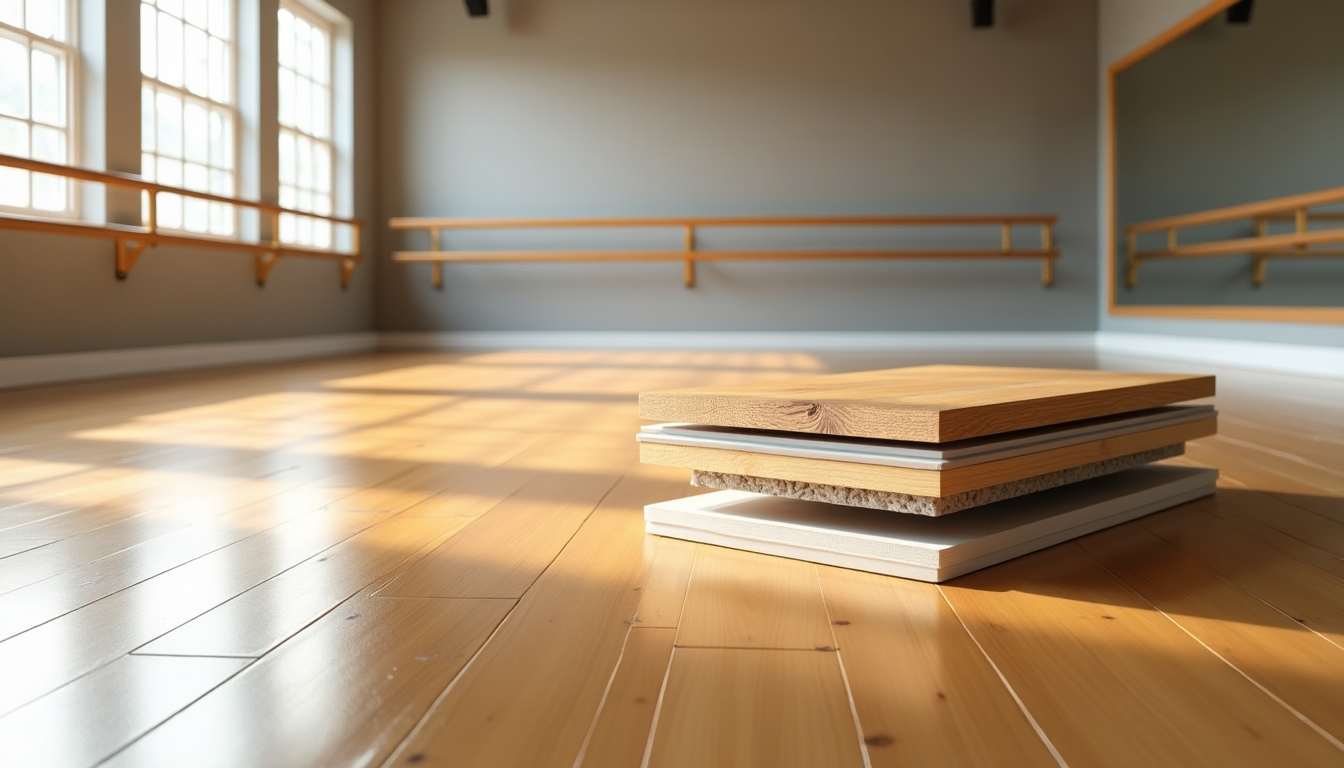
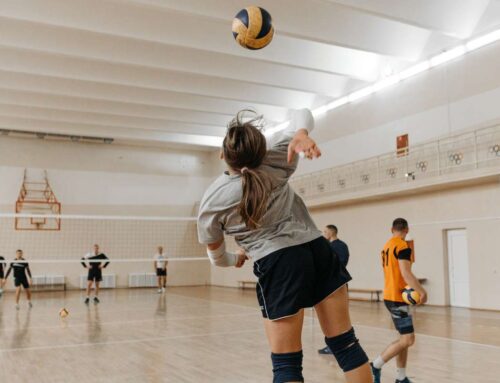
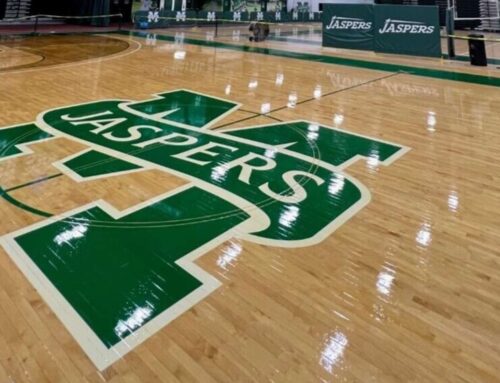
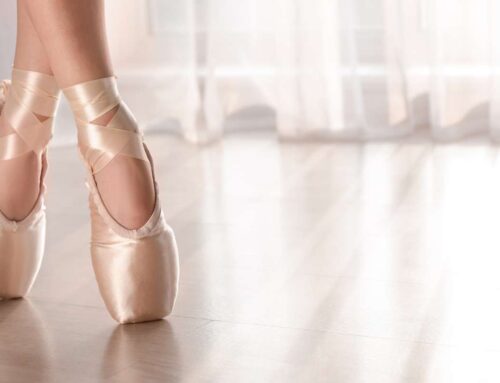
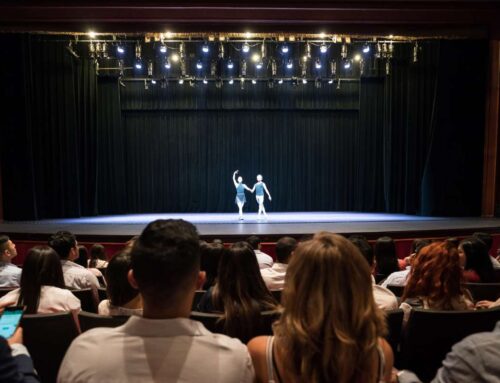
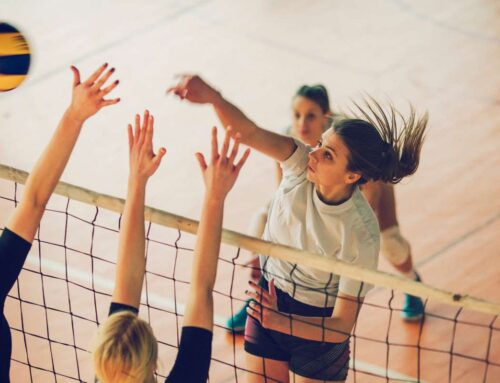
Leave A Comment